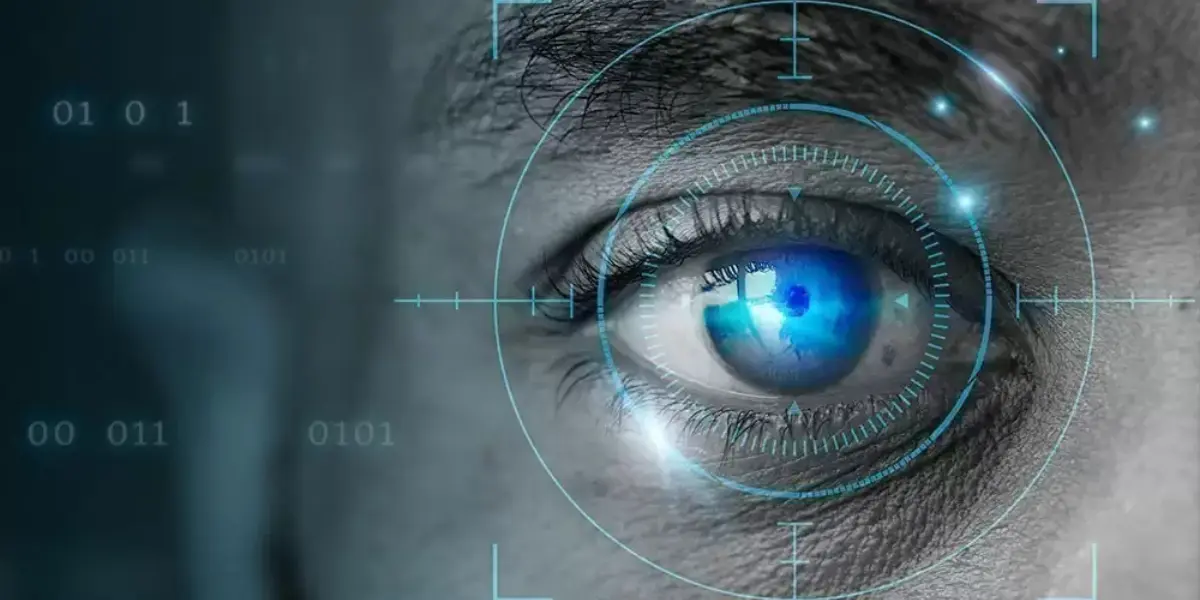Eyes Diagnosis

Overview
Many of the normal daily activities like working, driving a car, reading etc are taken for granted by us, but all these activities depend on the health of our Eyes. Eye disease which goes undetected can lead to unnecessary impairment of sight. We, at Elite Eye Hospital and Laser Centre feel your eyesight is irreplaceable. So, a patient undergoes comprehensive eye examination which typically involves several key diagnostic tests and evaluations of the eyes which are done at hospital to assess the overall condition of your eyes.
Comprehensive Eye Examination Tests
These comprehensive tests ensure that any potential issues are identified early, allowing for timely and effective treatment. Regular eye examinations are crucial for maintaining good eye health
Medical History Review
We start by reviewing your medical history, including any vision problems, general health issues, medications, and family history of eye diseases. This information helps in understanding your risk factors and guiding the examination process.
Visual Acuity Test
This test measures how well you can see at various distances using an eye chart. Each eye is tested individually to determine the clarity of your vision and whether you need prescription lenses.
Refraction Assessment
We determine your exact eyeglass or contact lens prescription. This test helps identify refractive errors such as myopia, hyperopia, and astigmatism.
Eye Muscle Function Test
To check the alignment and function of your eye muscles, the doctor will perform a series of tests to ensure your eyes work together properly and can move correctly in all directions.
Pupil Dilatation
Eye drops are used to dilate (widen) your pupils, allowing the ophthalmologist to get a better view of the internal structures of your eye, including the retina, optic nerve, and blood vessels. This helps in detecting conditions like macular degeneration, diabetic retinopathy, and glaucoma.
Tonometry
This test measures the intraocular pressure (IOP) inside your eyes, which is crucial for diagnosing glaucoma. It can be done using a puff of air (non-contact tonometry) or a small probe (applanation tonometry). At Elite, we use Topcon Airpuff Tonometer to check IOP.
Slit-Lamp Examination
Using a specialized microscope called a slit lamp, the ophthalmologist examines the front part of your eye, including the cornea, iris, and lens, to detect any abnormalities or signs of eye diseases.
Retinal Examination
Through ophthalmoscopy or fundus photography, the doctor examines the retina and optic nerve at the back of the eye, looking for signs of retinal detachment, macular degeneration, and other retinal conditions.
